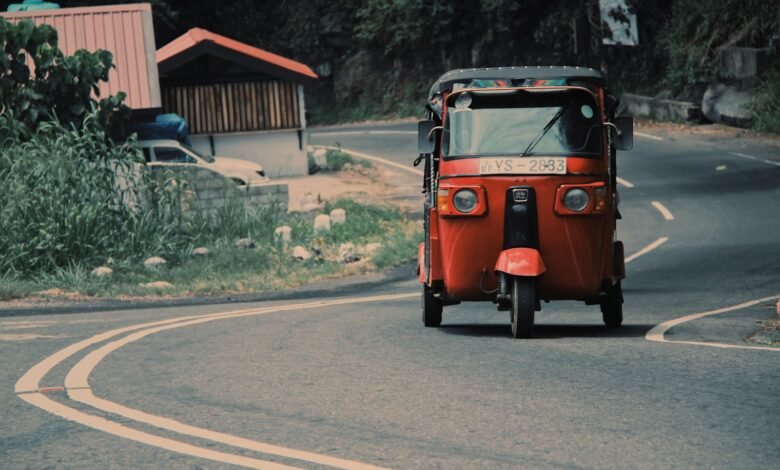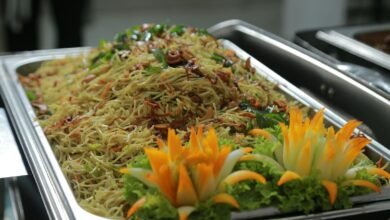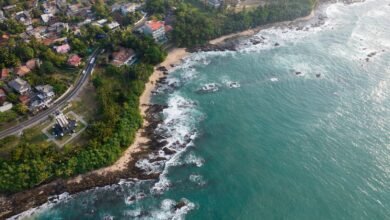
Sri Lanka is a stunning travel destination with rich culture, beautiful beaches, lush landscapes, and friendly locals. If you’re planning your first trip, here are some essential tips to help make the experience smooth and enjoyable.
1. Understanding Visa Requirements
- Most travelers need an Electronic Travel Authorization (ETA) to enter Sri Lanka, which can be applied for online. It’s typically issued within a few days and is valid for 30 days with an option for an extension if you wish to stay longer.
2. Best Time to Visit
- Sri Lanka has two monsoon seasons, which vary between the east and west coasts. The best time to visit the west and south coasts (including Colombo, Galle, and Bentota) is from December to March. For the east coast (such as Trincomalee and Arugam Bay), the ideal months are from April to September.
3. Currency and Payments
- The local currency is the Sri Lankan Rupee (LKR). ATMs are widely available in major cities, but it’s good to carry some cash when visiting rural areas. Credit cards are accepted in most hotels, restaurants, and larger stores, but for local markets and smaller shops, cash is preferred.
4. Transportation Tips
- Trains: Train travel in Sri Lanka is scenic, especially the journey from Kandy to Ella. Booking seats in advance for popular routes is recommended, especially in peak tourist season.
- Tuk-tuks: These three-wheelers are a popular and fun way to get around. Negotiate the fare or use a meter if available.
- Buses: Public buses are very affordable, though they can be crowded. Private buses with air conditioning are also available for longer distances.
- Taxis: Apps like PickMe and Uber operate in Colombo and larger cities, providing convenient and safe options for getting around.
5. Dress Respectfully
- While Sri Lanka is relatively relaxed, modest clothing is recommended, especially when visiting temples and religious sites. Ensure shoulders and knees are covered in these areas and avoid wearing hats inside temples.
6. Food and Water Safety
- Sri Lankan cuisine is flavorful and often spicy, with rice and curry as staples. Sample local dishes but exercise caution with street food. Always drink bottled or boiled water, as tap water may not be safe for visitors.
7. Cultural Etiquette
- Sri Lankans are warm and hospitable. Showing respect, especially at religious sites, is essential. For example, it’s customary to remove your shoes before entering temples. Avoid pointing your feet at statues of the Buddha, as it is considered disrespectful.
8. Health and Safety Precautions
- While Sri Lanka is generally safe, it’s wise to have travel insurance covering health emergencies. Some regions have mosquitoes, so carrying mosquito repellent and wearing long-sleeved clothing can be helpful, especially in the evenings.
9. Language and Communication
- Sinhala and Tamil are the official languages, but English is widely spoken, particularly in tourist areas. Learning a few basic Sinhala phrases, like “Ayubowan” (hello), can go a long way in connecting with locals.
10. Must-See Destinations
- Cultural Triangle: This includes Sigiriya, Anuradhapura, and Polonnaruwa, known for ancient temples, ruins, and cultural heritage.
- Kandy: Famous for the Temple of the Tooth and its scenic hill-country surroundings.
- Ella: A backpacker favorite, known for tea plantations, hiking trails, and stunning vistas.
- Galle: The Galle Fort is a UNESCO World Heritage site with colonial architecture and beautiful seaside views.
- Beaches: From the surfer-friendly Arugam Bay to the laid-back Mirissa, Sri Lanka’s coastlines are ideal for beach lovers.



